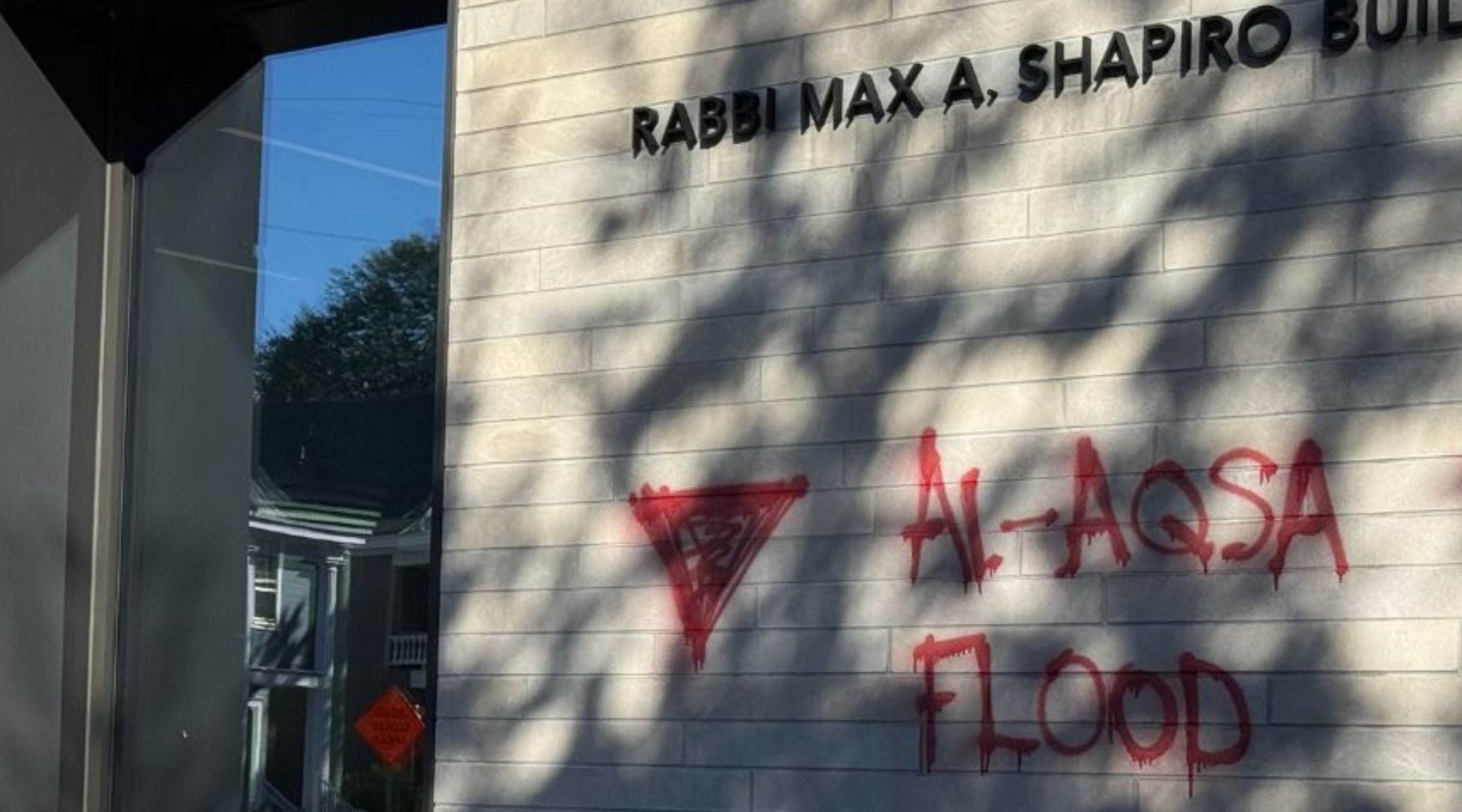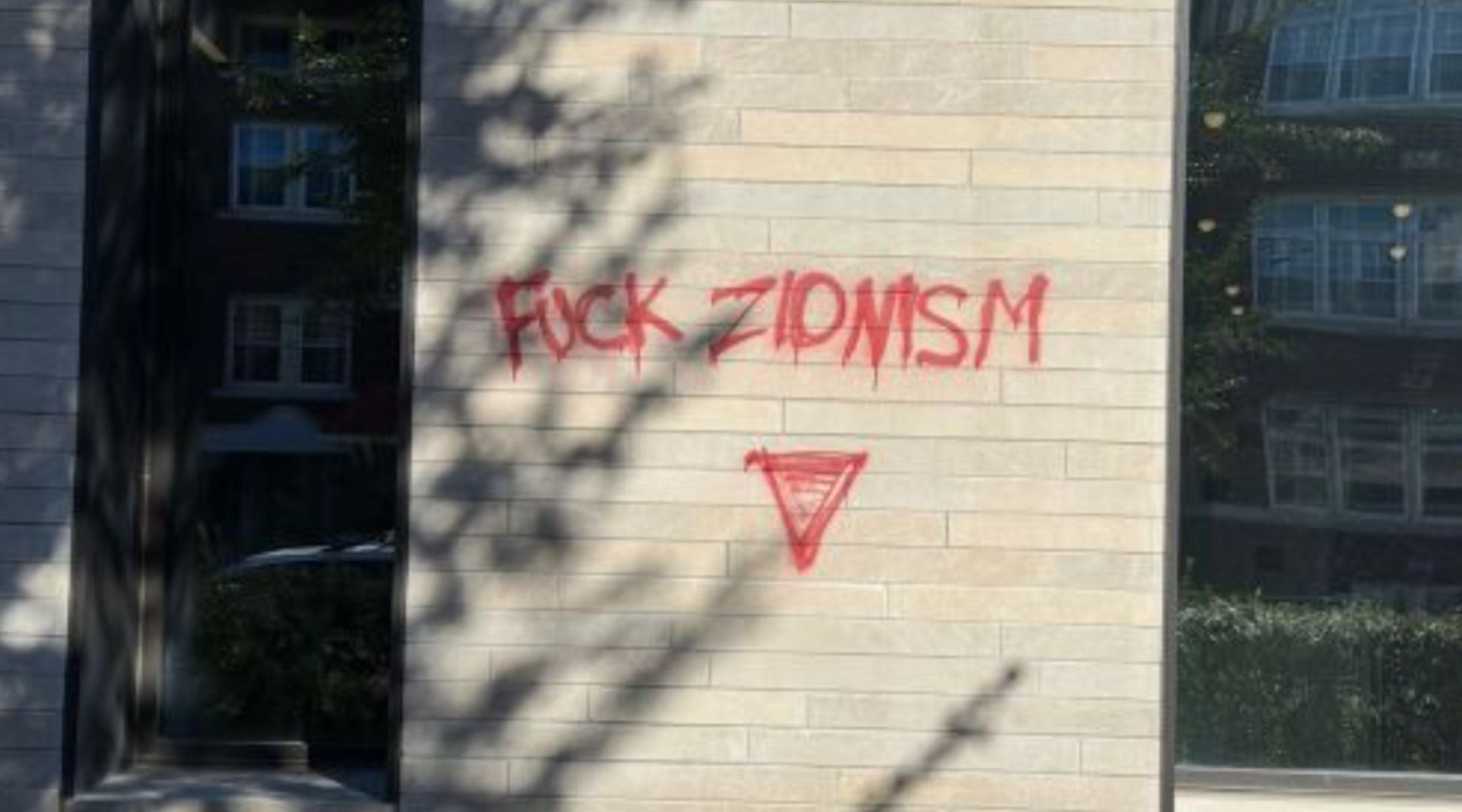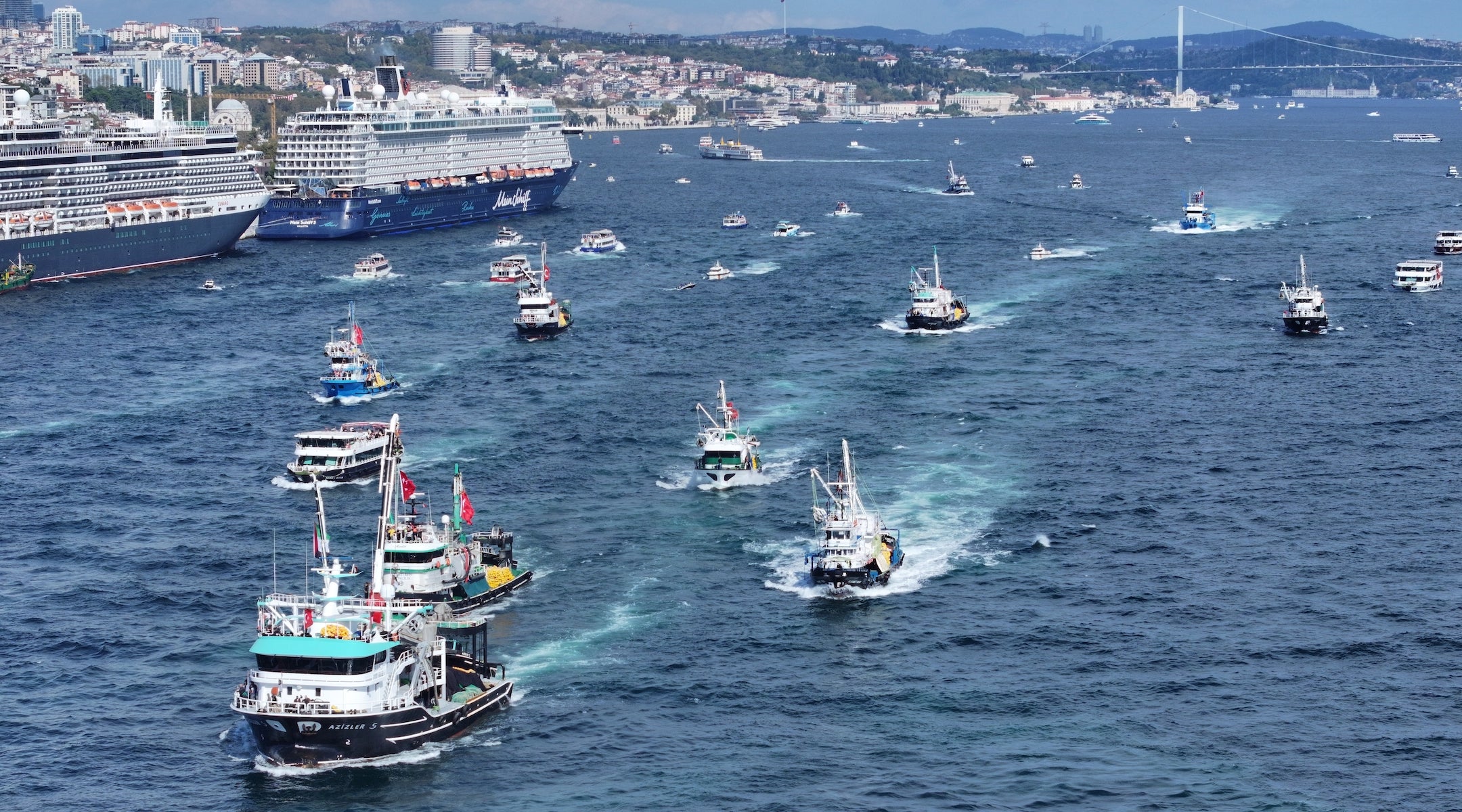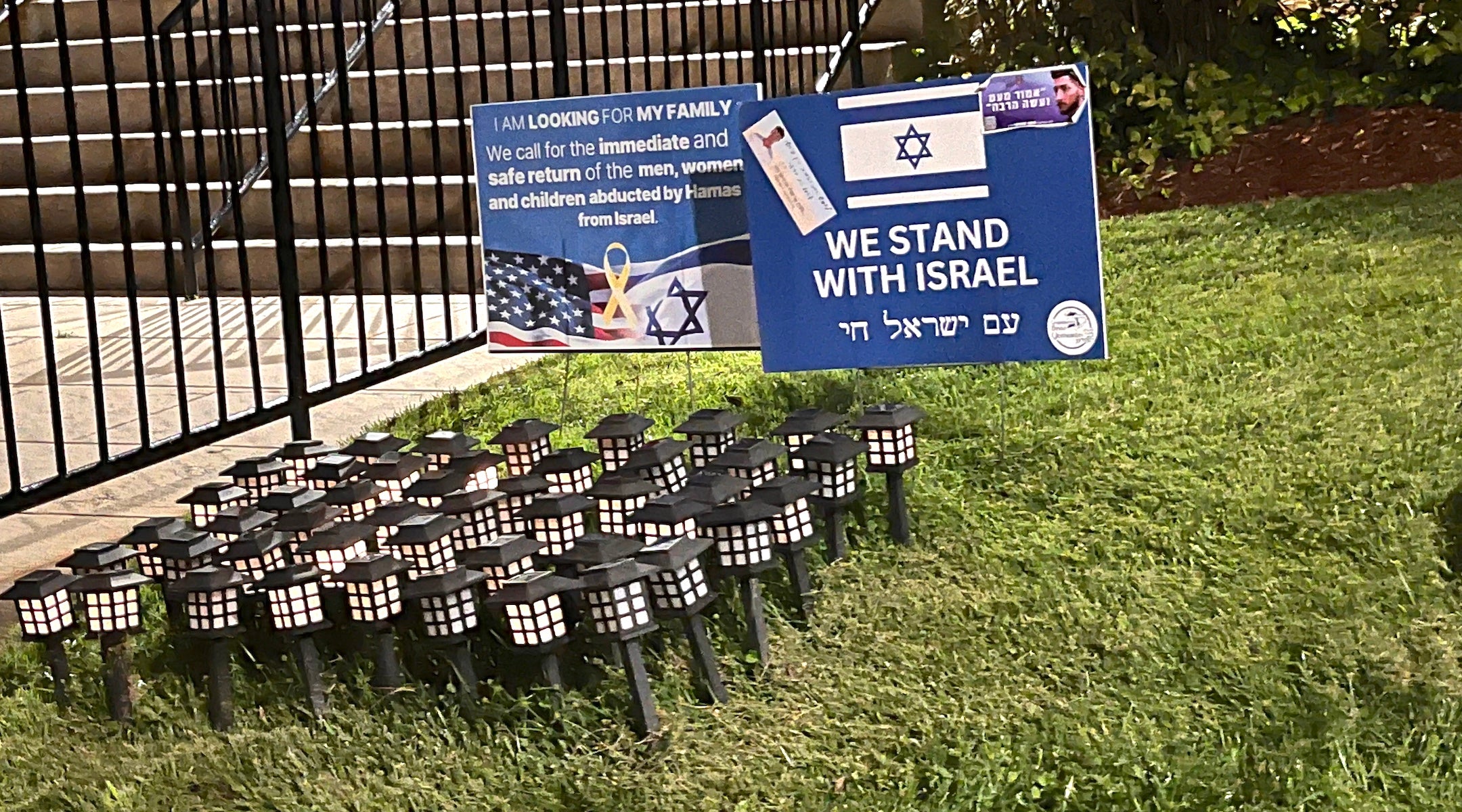Uncategorized
Opinion: Hate crime law a tentative step forward
Canada has taken a long overdue step in strengthening our ability to confront hate. The federal government’s new legislation not only creates a stand-alone hate crime offence, it also does something our courts have wrestled with for decades, it codifies a definition of “hatred” in the Criminal Code. That clarity matters, but let us be clear from the start, not all is perfect in this law.
Until now, judges and Crown Attorneys relied on Supreme Court decisions going back to Keegstra in 1990 and Whatcott in 2013 to determine what “hatred” meant in law. Those cases established that hatred was not about mere insults or offensive speech, but about “detestation” and “vilification,” the kind of speech that isolates a community, marks them as less than fully human, and places them in real danger. The new legislation takes those definitions out of the legal textbooks and places them clearly in the Criminal Code. That matters for police officers deciding whether to lay charges, for Crowns weighing evidence, and for communities who have too often felt that the law was uncertain, inconsistent, or too slow.
For Jewish Canadians, Indigenous peoples, Muslim communities, Black Canadians, LGBTQ+ people, and many others who have borne the brunt of hate crimes, the signal is welcome, Canada is saying hate is not just a social problem, it is a crime against us all.
The bill also removes one of the most frustrating procedural roadblocks, the need to secure the personal consent of the provincial Attorney General before charges could be laid in hate propaganda cases. In practice, this meant that police and Crowns, even when they had strong evidence, could be stalled at the starting line because approval from the Attorney General was rarely granted. By removing this requirement, the new law allows police and Crown attorneys to proceed more swiftly and with more confidence. For communities long told to “just report it,” this change could finally build trust that the justice system is not only listening but ready to act.
Another important element is the protection of spaces where communities gather. The law makes it a crime to intimidate or obstruct people entering synagogues, schools, community centres, or other places primarily used by identifiable groups. That means no more hiding behind masks to frighten congregants on their way to worship or children on their way to school. These protections may seem obvious, but for too long communities at risk have faced such harassment without adequate recourse.
Just as important, the government has committed $12.9 million over six years, with nearly a million annually ongoing, to support new anti-hate projects. This includes funding to improve the collection and availability of hate crime data and to expand services for victims and survivors. These investments will help communities not only seek justice but also begin healing.
So yes, this is progress.
But progress does not equal victory.
The legislation’s definition of hatred, detestation and vilification not mere offence or hurt feelings, is both precise and cautious. It tries to balance freedom of expression with the need to protect communities from real harm. That balance is crucial. Nobody wants to see a law that punishes criticism or satire, even if it makes us uncomfortable. At the same time, communities need protection from the toxic brew of rhetoric that we know can escalate into violence.
And here lies the problem, this law looks only at the traditional sphere of hate crimes and hate propaganda. What it does not yet confront is the digital ecosystem where hatred thrives, multiplies, and metastasizes.
We live in a world where conspiracy theories that once stayed in dimly lit basements now reach millions with a single click. Holocaust denial, racist caricatures, misogynist rants, antisemitic tropes, they all travel faster and hit harder online. A Facebook post, a TikTok video, or a Telegram channel can stoke the same kind of detestation and vilification the Criminal Code now defines, but at a speed and scale our laws are still catching up to.
Without integrating online harms into this new framework, Canada risks winning a legal battle while losing the societal war. A Pyrrhic victory, if you will.
Hate groups adapt quickly. They couch their language in irony or “just joking.” They migrate to platforms beyond the reach of Canadian courts. They recruit vulnerable young people not with burning crosses but with memes and livestreams. If our laws remain focused only on in-person hate crimes or printed pamphlets, we will forever be chasing yesterday’s problem.
The government has promised separate legislation on online harms. Communities targeted by hate cannot afford to wait much longer. Every month of delay is another month when young Canadians are radicalized in their bedrooms, another month when harassment campaigns go unchecked, another month when hatred festers behind a screen only to erupt into real world violence.
This new hate-crime law deserves praise. It is careful, measured, and long needed. But from the very beginning we should be honest, it is not perfect. Unless it is paired with a robust strategy for confronting online hate, one that forces platforms to act responsibly and gives law enforcement real tools to respond, it risks being remembered as a noble but incomplete gesture.
History will not judge us on the elegance of our legal definitions. It will judge us on whether we made our communities safer, whether we stood up for those targeted by hate, and whether we matched words with action.
Canada has given itself sharper legal tools. Now we must decide, will we use them to carve out a safer, more inclusive future, or will we leave them on the shelf while hate keeps spreading in the digital shadows? Because if we settle for half-measures, we may find that what looks like victory today is nothing more than defeat in slow motion.
Bernie M. Farber is the former CEO of the Canadian Jewish Congress and founding chair emeritus of the Canadian Anti-Hate Network.
The post Opinion: Hate crime law a tentative step forward appeared first on The Canadian Jewish News.
Uncategorized
Minneapolis synagogue targeted with antisemitic, pro-Hamas graffiti on Oct. 7 anniversary

Graffiti targeting “zionists” and praising Hamas was spray-painted on the preschool wing of a Minneapolis synagogue on Tuesday night, the second anniversary of Hamas’ Oct. 7, 2023, attack on Israel.
Rabbi Marcia Zimmerman said she was notified by one of Temple Israel’s neighbors about the vandalism. She said her first reaction was outrage and pain.
“This does not solve any problem, and blaming American Jews in Minnesota for what’s happening globally is hate speech, it’s antisemitism. It’s nothing different than that,” she said. “It’s not about political differences. It’s about hate.”

“Fuck Zionism” is spray-painted on the wall of Temple Israel. (Lonny Goldsmith/TC Jewfolk).
On the building was spray-painted “Watch out Zionists,” “Fuck Zionism,” and “Al-Aqsa Flood,” Hamas’ code name for the Oct. 7 attack. There were also 14 inverted red triangles spray-painted on the building — a symbol associated with Hamas, which has used it in videos produced by its military wing to signify Israeli targets. The symbol has appeared in other graffiti of Jewish institutions during theIsrael-Hamas war.
Zimmerman said a report has been filed with the Minneapolis Police Department and video footage has been turned over for the investigation. E-mails to the MPD seeking comment were not returned.
Steve Hunegs, the executive director of the Jewish Community Relations Council of Minnesota and the Dakotas, called the incident “harrowing.”
“It’s targeted and consciously imitating the mass terrorism of Oct. 7,” he said. “It doesn’t get much more antisemitic and violent than that, other than the actual perpetration of the horrific acts.”
Hunegs said the incident represents an escalation of anti-Israel rhetoric.
“We’re seeing that someone would take the time to, in the middle of the night on Oct. 7, to vandalize the synagogue with the most incendiary, venomous message you could possibly find,” he said. The perpetrators, Hunegs said, decided “terrorism against Jews is worthy of celebration, and [they’re] going to take that message to an iconic synagogue in the heart of Minneapolis.”
Zimmerman said that she heard from Gov. Tim Walz and Minneapolis Mayor Jacob Frey, who is Jewish and has attended services at Temple Israel. He said in a tweet that the vandalism was “a reminder that hate still tries to find a foothold” but that it would not find on in the city.
“People are reaching out and in that, you feel a connection and camaraderie and support,” Zimmerman said. “Which is very helpful, but it doesn’t take away the horror of the message. It does help to not feel so alone.”
Zimmerman said she is a proud Zionist who also wants to see an end to suffering in Gaza — something that she said whoever spray-painted the graffiti did not understand.
“If you do understand the nuance and the complicated realities of the world and see each other as human, then you don’t do this. It’s disregarding the humanity of others by promoting hate and promulgating hate,” she said. “But it’s not going to stop us from continuing to do our work and to do interfaith work and to move forward in being proud of being Jewish and teaching about Israel and making sure that we work towards peace and towards the mission of being in the city and supporting the city.”
This story originally appeared on TC Jewfolk, an independent publication covering Jewish life in Minneapolis.
—
The post Minneapolis synagogue targeted with antisemitic, pro-Hamas graffiti on Oct. 7 anniversary appeared first on Jewish Telegraphic Agency.
Uncategorized
Jewish freelance journalist Emily Wilder is detained as Israeli military intercepts Gaza aid flotilla

(JTA) — Jewish freelance journalist Emily Wilder, reporting for Jewish Currents, a progressive Jewish publication, was detained by the Israeli military on Monday while covering an aid flotilla bound for Gaza.
Wilder set sail from Italy last week aboard The Conscious, one of dozens of boats that aimed to reach Gaza and deliver humanitarian aid to the besieged enclave.
But that effort was cut short when Wilder, along with the other journalists and aid workers on her voyage, was intercepted by the Israeli military and detained. The military has intercepted, detained and deported activists sailing to Gaza multiple times in recent weeks.
Jewish Currents has been staunchly against the war in Gaza, calling Israel’s campaign there a genocide and advocating for the Palestinian cause. In an email to subscribers, publisher Daniel May said the publication sent Wilder on a flotilla because of the value of the reporting she could produce.
“Jewish Currents commissioned Emily’s reporting because we know that Israel’s unprecedented restrictions on journalists have facilitated the war crimes perpetrated in Gaza,” May wrote. “We also know that the flotillas are an important story in themselves.”
Wilder was a member of Jewish Voice for Peace and Students for Justice in Palestine, both anti-Zionist groups, as a student at Stanford University, from which she graduated in 2020. The next year, she was fired from the Associated Press in 2021 due to her social media posts about the Israeli-Palestinian conflict. Since then, according to her LinkedIn, she has worked as a freelancer and a human rights researcher.
Wilder was also documenting the voyage on her Instagram account, which has not posted an update since she and her crew were detained.
“Today, the @gazafreedomflotilla’s Conscience sets sail from the boot of Italy, with hopes of bringing ~70 media and medical workers across the Mediterranean to Gaza’s shores amid Israel’s blockade on international press and killing of doctors and journalists,” wrote Wilder last week in a post.
Israel’s foreign ministry blasted the flotilla participants in a post on X Tuesday.
“Another futile attempt to breach the legal naval blockade and enter a combat zone ended in nothing,” the post read. “The vessels and the passengers are transferred to an Israeli port. All the passengers are safe and in good health. The passengers are expected to be deported promptly.’
In the email, May directed readers to sign a Change.org petition calling for her release and to urge the California native’s representatives, including Democratic Sens. Adam Schiff and Alex Padilla, to advocate for her.
Last week, dozens of other boats that were part of the Global Sumud Flotilla were also intercepted, and hundreds of participants were detained and later deported, including Swedish activist Greta Thunberg who alleged that she had been “kidnapped and tortured” by the Israeli military. (Another flotilla effort including Thunberg was intercepted by the Israeli military in June.)
“My office has now confirmed that a second flotilla carrying vital humanitarian aid … has been intercepted, and nearly 145 passengers and crew detained,” wrote California Democratic Rep. Jimmy Comez in a statement. “Among the detained is my constituent Emily Wilder, a member of the press, who was reporting on the flotilla’s attempt to bring humanitarian aid to the people of Gaza.”
The post Jewish freelance journalist Emily Wilder is detained as Israeli military intercepts Gaza aid flotilla appeared first on The Forward.
Uncategorized
Jewish groups welcome ceasefire plan as a step toward a ‘lasting regional peace’

(JTA) — Jewish organizations across the ideological spectrum offered cautious optimism following the announcement of the first phase of a Gaza peace agreement, expressing profound relief at the planned return of hostages living and dead and tentative hopes that the plan might lead toward lasting regional peace.
As for what such a last peace might look like, only groups that have consistently advocated for a two-state solution offered a specific vision, putting their hopes in a solution that is implicit in the Trump administration’s 20-point peace plan, but which Israeli Prime Minister Benjamin Netanyahu rejects adamantly.
Nearly all the organizations noted that the war began with Hamas’s deadly attacks on Israel on Oct. 7, 2023, and urged “vigilance” that Hamas would uphold its side of any agreement.
“This development represents a hopeful step toward resolving the conflict, securing the release of all hostages, and establishing the conditions for lasting peace and security in the region,” read a statement by Betsy Berns Korn and William C. Daroff, the chair and CEO, respectively, of the Conference of Presidents of Major American Jewish Organizations. “This moment demands unity, resolve, and the moral clarity to ensure that peace and security endure and every hostage returns home.”
Federations similarly welcomed the deal for its humanitarian implications, with the Jewish Federations of North America saying “our prayers are answered — not completely, for the pain of loss remains — but with the long-awaited promise of healing, renewal, and hope.”
Groups also thanked the Trump administration for brokering the deal. The American Israel Public Affairs Committee said in its statement that it “applauds President Trump and his negotiating team for this tremendous achievement and for working together with Israel to broker this peace plan.”
AIPAC also framed the last two years as an affirmation of the “enduring partnership between the United States and our ally Israel,” despite cracks that showed during the Biden administration and to a lesser extent under Trump.
A lobbying group that tends to reflect the policies of the sitting Israeli government, AIPAC also spoke in brief of what some are calling “the day after,” saying that the peace deal “creates a tremendous opportunity to forge a better future for Israelis, Palestinians, and people across the Middle East.”
J Street — the advocacy group often described as the progressive counterpart to AIPAC — did not mention the two-state solution in a statement by its president, Jeremy Ben-Ami. But Ben-Ami did urge the parties to take steps toward realizing the “full US-backed 20-point plan — one that ensures Israel’s security, ends Hamas’s reign of terror, delivers a massive surge of humanitarian aid and sets the region on a path toward a comprehensive and permanent peace.”
In the 19th point of its 20-point plan, the White House suggested without making any pledges that “the conditions may finally be in place for a credible pathway to Palestinian self-determination and statehood, which we recognise as the aspiration of the Palestinian people.” And while a number of key European allies recently recognized a Palestinian state, the idea has been effectively stalled and faces formidable obstacles on the ground, including strong opposition by both the current Israeli government and key segments of the Israeli and Palestinian publics.
Other groups were more explicit in reiterating the two-state solution. The Israel Policy Forum, founded to advance the idea of two states, said it hoped the agreement might pave the way for “rekindled Israel-Arab diplomacy, a reformed Palestinian Authority with new, empowered, and legitimate leadership, an eventual expansion of the Abraham Accords that advances Israel’s integration in the Middle East, and the pursuit of a viable political horizon to the Israeli-Palestinian conflict based on two states.”
The Reform movement, in a statement signed by the leaders of its rabbinical, congregational and seminary arms, also hoped the ceasefire would create the conditions for renewing a solution which the statement acknowledged “feels remote at this point.” Nevertheless, according to the statement, “a two-state solution in some configuration must remain the worthy, long-term goal for Israelis and Palestinians as they contemplate a future with safety, dignity, and hope for all.”
Further to the left, Jewish groups welcomed the return of the hostages but also reiterated their criticism of Israel’s prosecution of a war whose death toll, according to the Hamas-controlled Gaza health ministry, surpassed 67,000.
Partners for Progressive Israel called the agreement “a victory for the hostage families in Israel and their supporters” as well as “the many international bodies who have sought to hold Hamas and this Israeli government accountable for the war crimes perpetrated in the last two years.”
While few right-leaning groups commented on the deal in the hours after its announcement, which also coincided with the end of the first two days of Sukkot, Religious Zionists of America-Mizrachi welcomed the news, calling it “a potentially hopeful step toward restoring calm and securing the release of Israeli hostages.”
RZA-Mizrachi’s president, Steven M. Flatow, whose daughter Alisa Flatow was killed in a suicide bombing near a Jewish settlement in the Gaza Strip in 1995, also warned that “Hamas’s word is worth little.” He cautioned that any plan’s success “depends entirely on whether Hamas and its supporters can be trusted to abide by their commitments—a lesson history teaches us to approach with clear eyes.”
The post Jewish groups welcome ceasefire plan as a step toward a ‘lasting regional peace’ appeared first on The Forward.


